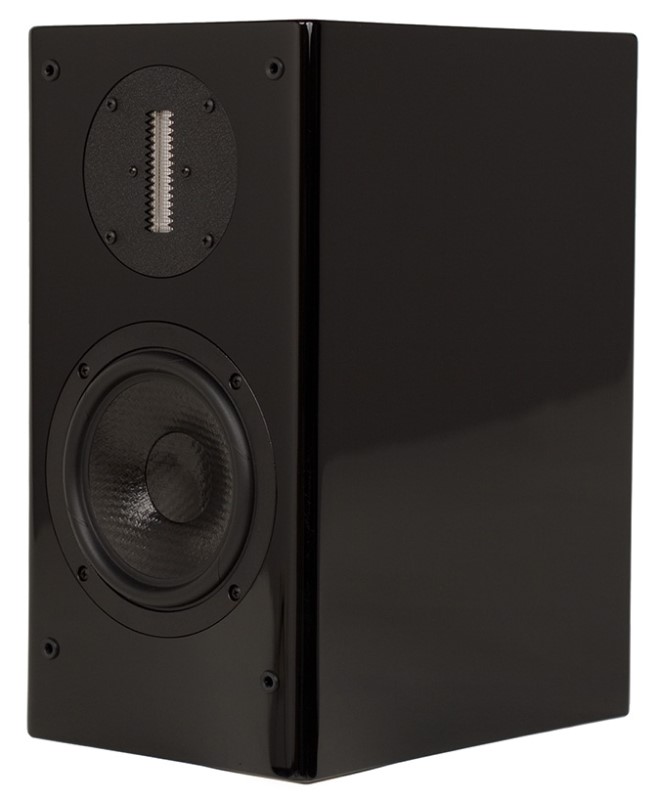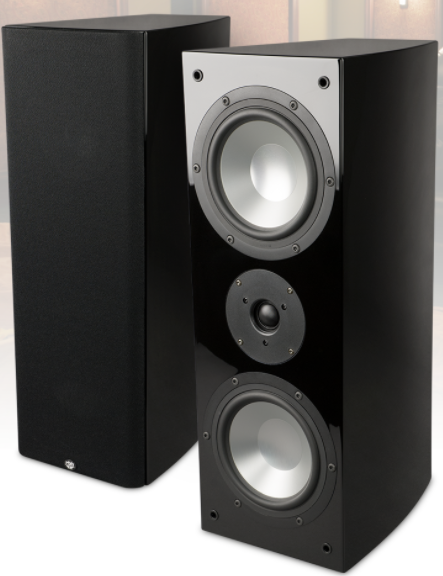QotD: Can I Lay a Bookshelf Speaker on Its Side for a Center?
Center channel speakers were always a compromise. The ideal was to have three identical speakers up front. In fact, if you want perfect timbre matching, you MUST have three identical speakers. But space constraints and placement limitations demanded that manufacturers start making speakers that could fit under a screen or in a piece of furniture. If you have bookshelf speakers as your fronts, couldn’t you just place a third bookshelf speaker on its side as a center so that it fits? That would work, right?
Answer: No…well, sometimes. But, in general, no.
Speakers are designed with certain orientations in mind. Where this comes to into play most is the tweeter. The dispersion of the tweeter is often directed by the waveguide around it. In some speakers, like those using ribbon tweeters, this is glaringly obvious:
The above speaker from Ascend Acoustics sports a ribbon tweeter. The orientation of the tweeter seriously affects its horizontal and vertical dispersion. If you take that speaker and put it on its side, the tweeter would completely wrong. In fact, if you contact Ascend and say you want to use one of these speakers for a center, they’ll send you one. It is the exact same speaker except the tweeter is rotated 90 degrees!
But this is not always the case. Some speakers can be used in either horizontal or vertical orientations. Usually, manufacturers will indicate this in the marketing materials, but not always. Your best bet is to contact the manufacturer and ask. But if you see any sort of waveguide around the tweeter, it’s a good bet that you will need to at least rotate the tweeter if you want to lay it on its side.
The Exceptions
There are a few things you can look out for when shopping for a bookshelf speaker that can be put on its side to double for a center. Any speaker that is labeled an LCR can (Left, Center, Right). Usually, speakers that have their drivers in a D’Appolito array can. A D’Appolito array has a midrange/tweeter/midrange like the speaker below:
One additional consideration is aiming. With dedicated center speakers, they often include some way of aiming the speaker at the listening position. You won’t have that with a bookshelf speaker on its side. There are aftermarket offerings that will help you buy they’ll cost extra. Just one more thing to keep in mind.
Conclusion
Again, you’ll always want to confirm with the manufacturer before buying a bookshelf speaker with the intention of putting it on its side to be used as a center channel. It can often be the case that the dedicated center channel is more expensive than a single bookshelf speaker. If you find a speaker you like that can be used as a center, this can be a great option! In general, though, you can’t assume that any speaker can be used as a center.




